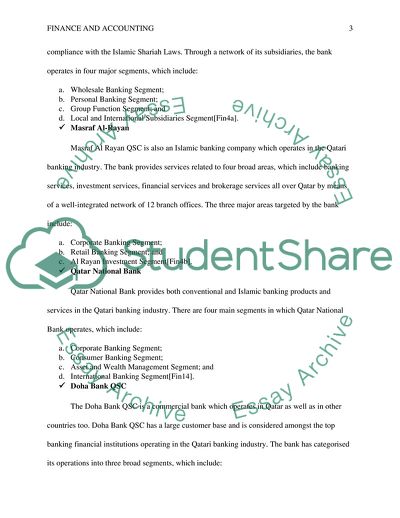Cite this document
(Security analysis Coursework Example | Topics and Well Written Essays - 5000 words, n.d.)
Security analysis Coursework Example | Topics and Well Written Essays - 5000 words. https://studentshare.org/finance-accounting/1828702-security-analysis
Security analysis Coursework Example | Topics and Well Written Essays - 5000 words. https://studentshare.org/finance-accounting/1828702-security-analysis
(Security Analysis Coursework Example | Topics and Well Written Essays - 5000 Words)
Security Analysis Coursework Example | Topics and Well Written Essays - 5000 Words. https://studentshare.org/finance-accounting/1828702-security-analysis.
Security Analysis Coursework Example | Topics and Well Written Essays - 5000 Words. https://studentshare.org/finance-accounting/1828702-security-analysis.
“Security Analysis Coursework Example | Topics and Well Written Essays - 5000 Words”. https://studentshare.org/finance-accounting/1828702-security-analysis.


